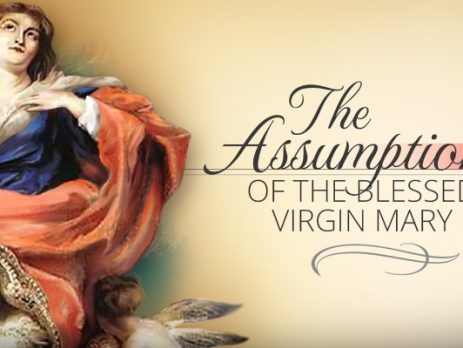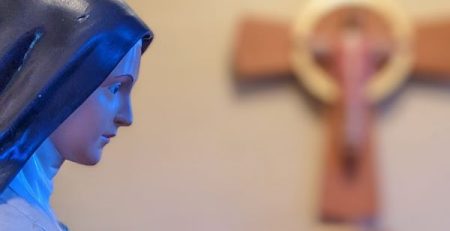The Assumption of Mary occurs each year on August 15th. As stated before, it is a Holy Day of Obligation. There are two Catholic Feast Days concerning Our Blessed Lady that do not appear in the Bible. They are the Feast of the Immaculate Conception on Dec. 8th and The Assumption on Aug. 15th. How did all these come about? How did these non-biblical Feast days come about? These two days concerning Mary have been believed by the faithful for centuries. Yet, they were never declared by the pope as articles of faith.
In our church there is a teaching called “papal infallibility”. It does not mean that whatever the pope says or does is without error! But does mean that in matters of faith and morals, when speaking, “ex cathedral”, or from the throne (chair) the pope would be without error.
Does the pope speak this way on his own? No! He has to have the Bishops of the entire world with him before he speaks on a matter of faith and morals. He has to have no controversy among the Bishops or the people about the subject. Lastly, he has to have the entire lay faithful with him.
In the more than 2000 year history of the Church, the pope has only spoken infallibly twice and only on matters of faith not morals. In 1854, Blessed Pope Pius IX (1846-1878) declared the Immaculate Conception of Mary as an infallible article of faith. In 1950, Pope Pius XII (1939-1958) declared the Assumption of Mary as an infallible article of faith.
If you still have a question about papal infallibility, I invite you to re-read this article. In order for the pope to make an infallible statement on faith and morals; it is quite difficult.





